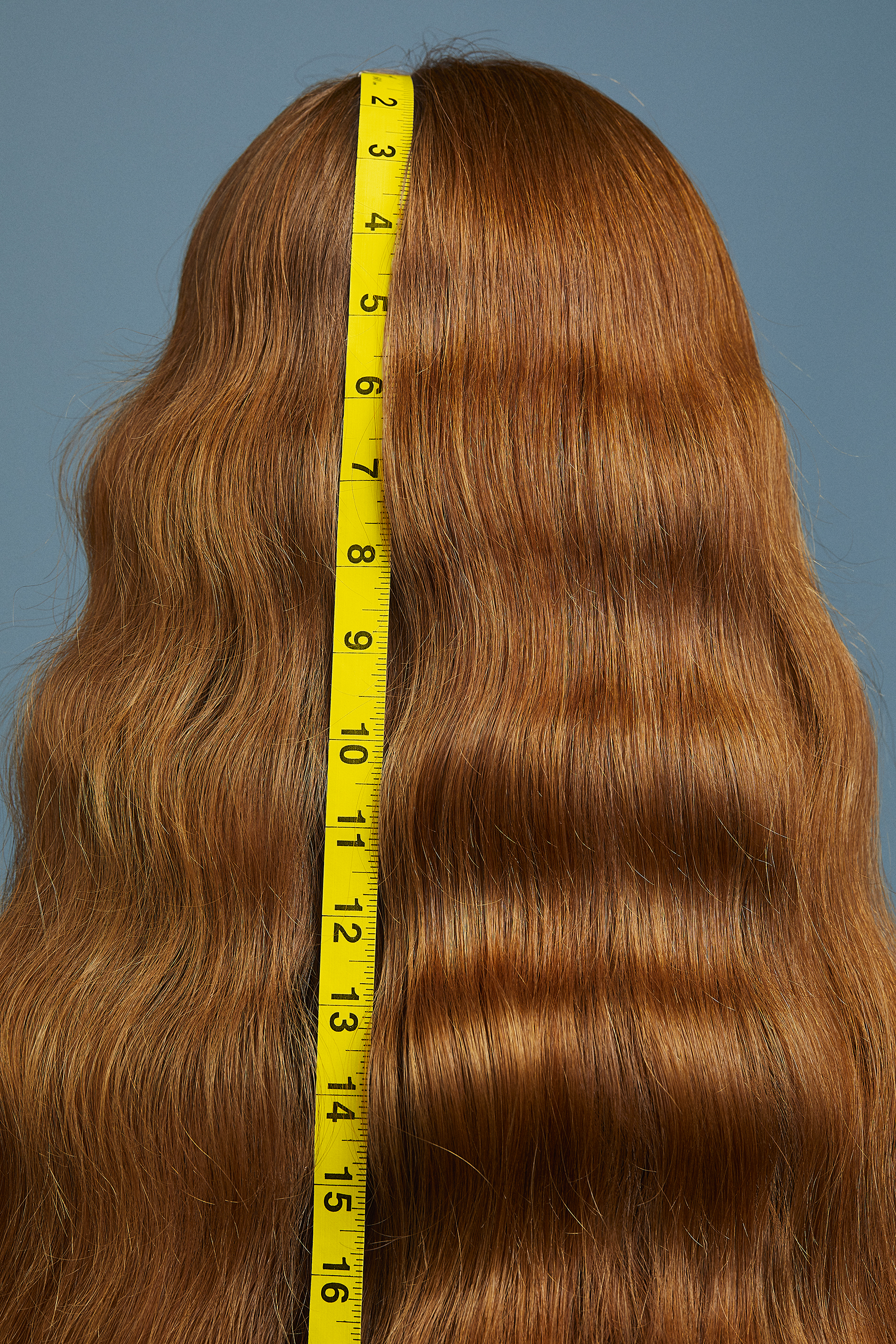Using them on a regular basis is not without risks
Despite the fact that there are a variety of extensions types—temporary clip-ins you can apply yourself, as well as professionally-applied fusion “glue-in” extensions, micro-link extensions, or tape-in extensions—most options share one unfortunate trait: They tug on your scalp and hair.
This constant pulling can weaken existing strands (it’s not unlike wearing a tight ponytail in the exact same spot, 24/7), as well as injure your hair follicles and impact the health of future hair growth. The latter becomes a bigger issue as the extensions grow out and gravity increases that tug.
“If you want to wear extensions with minimal damage to your hair follicles, you must be very diligent about seeing a professional and getting your extensions re-fit so they don’t pull as aggressively,” says Candy Diaz, a New York City stylist. If you slack off on this commitment, Diaz warns you may suffer breakage at the point of the extensions attachment, as well as traction alopecia, which is hair loss caused by chronic pressure and pulling. (Ballerinas and gymnasts who frequently wear tight buns while practicing and performing often see this along their hairline, as do women who wear tight braids for months or years).
Try hair products that strengthen your existing hair and improve elasticity
The thinking: Stronger, more resilient hair can better withstand all that pulling, says Diaz. At Prose, we use a strengthening cocktail of collagen, lilac and hyaluronic acid to repair the hair and make it heartier and better able to stretch, as well as silk proteins to reinforce weakened strands and minimize tearing.
Treat your scalp weekly
Diaz also suggests a weekly application of coconut oil or aloe vera gel to the scalp before shampooing. This will nourish the hair follicles and may help counteract some of the pressure-related damage inflicted by the extensions. “Just massage the oil or gel into your scalp, leave it on for twenty minutes—or, overnight, if you can—then wash out,” Diaz suggests. It’s also helpful, Diaz, says, to consider taking the occasional break from professional extensions. If you can’t live without the added fullness or length, the aforementioned, temporary clip-ins may be able to provide enough improvement to get you through, while you let your hair and scalp heal.





